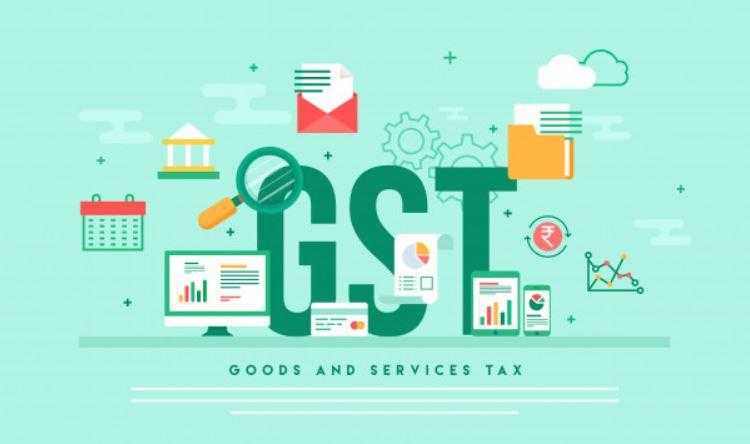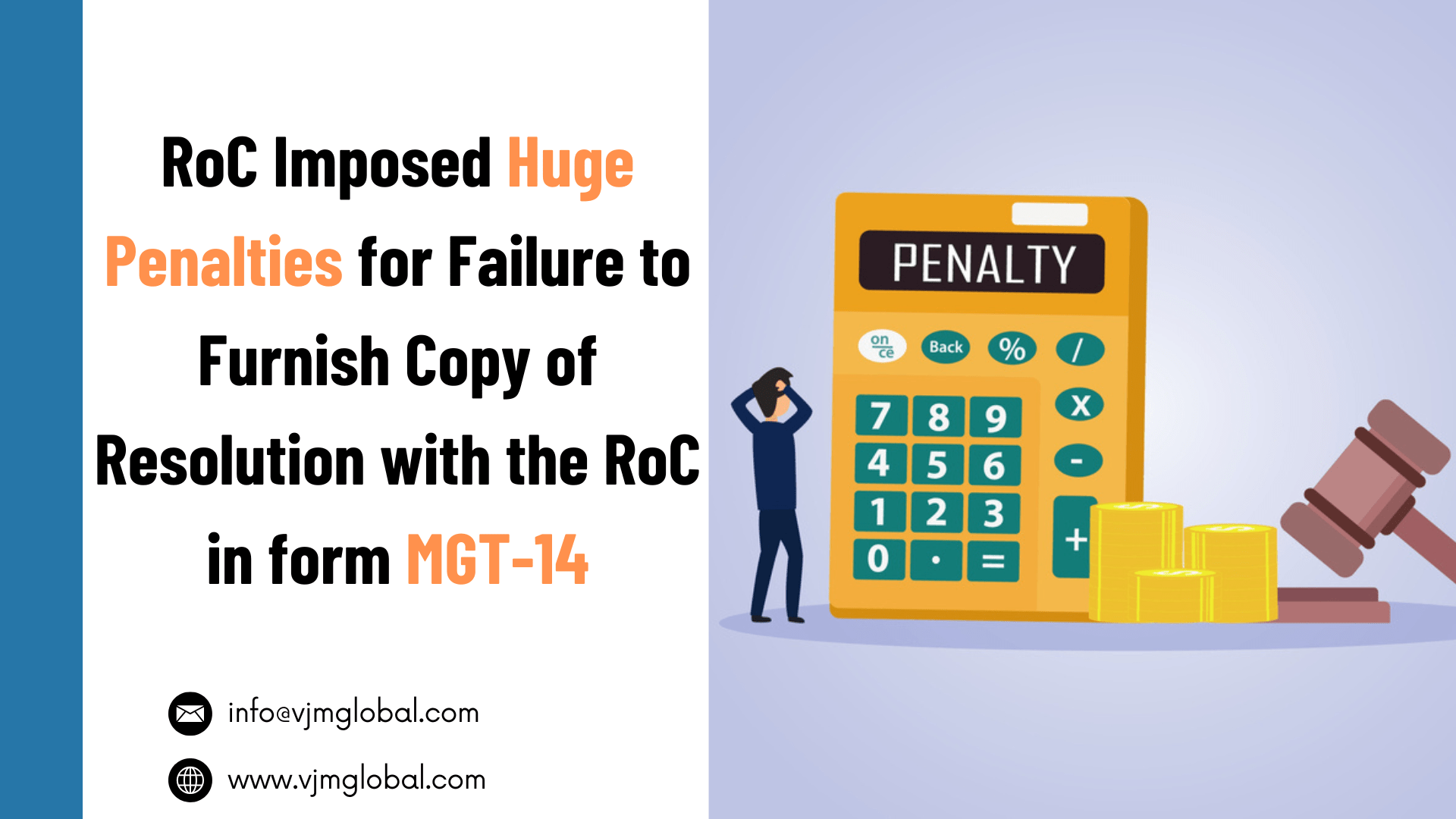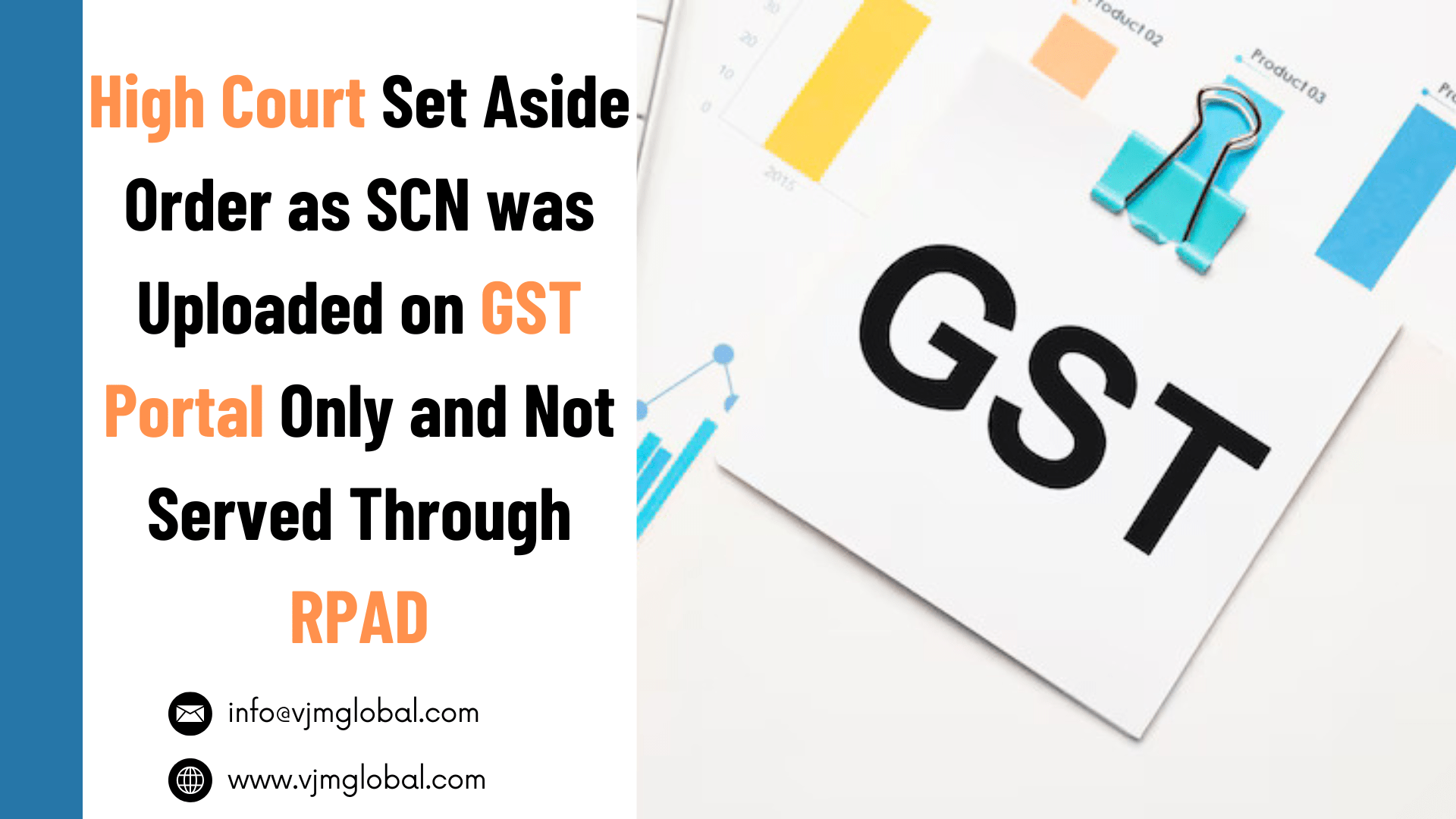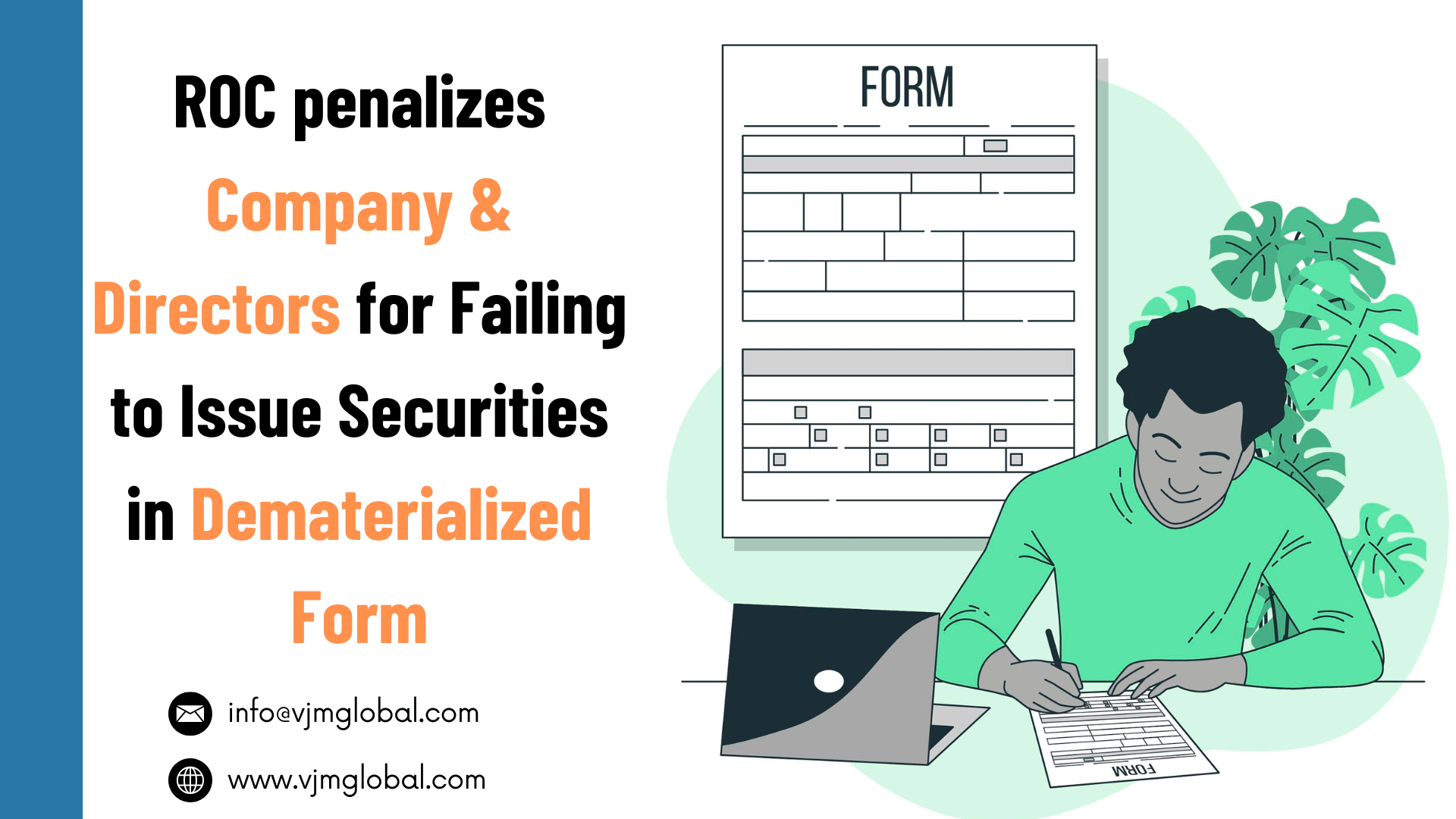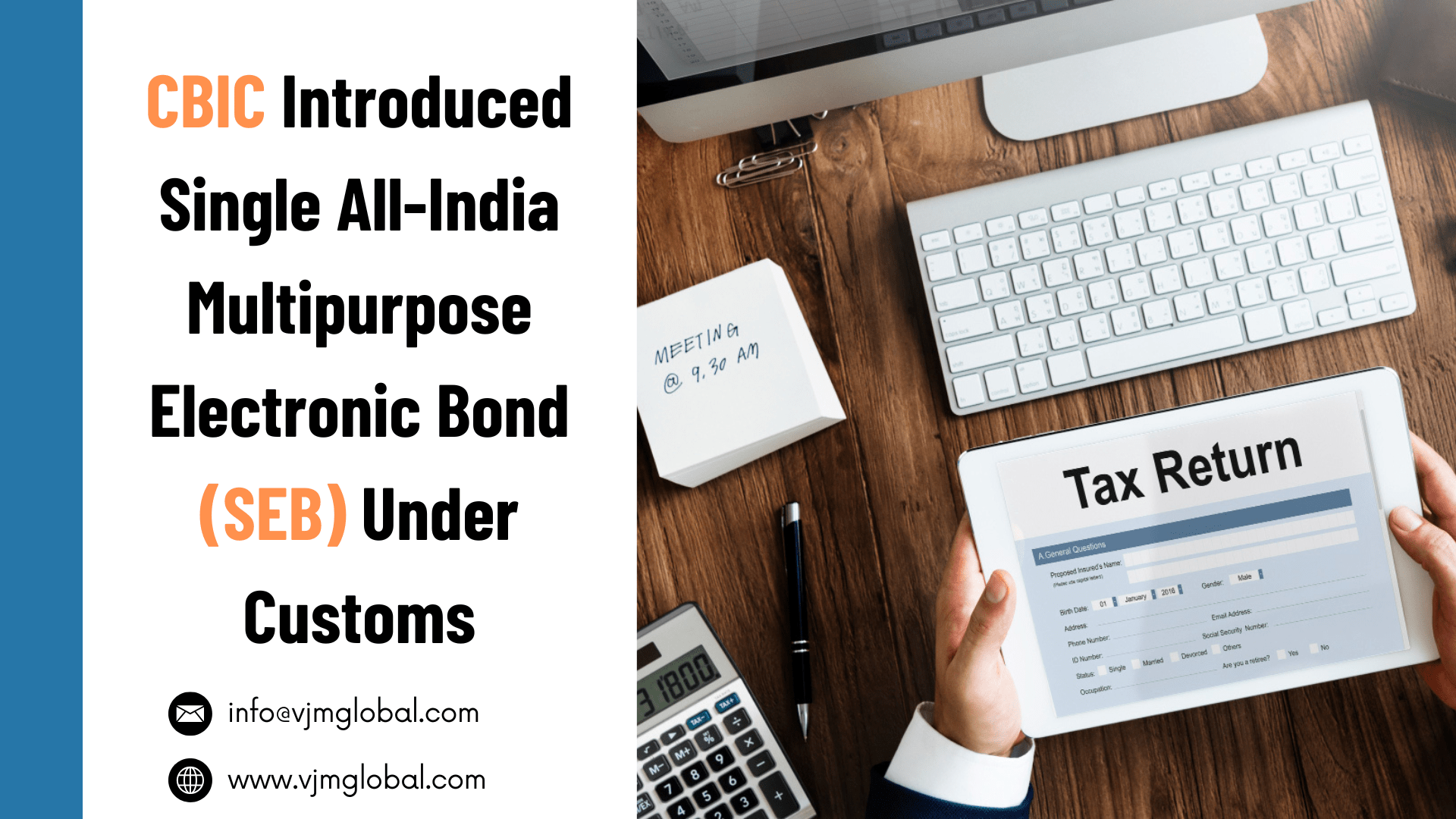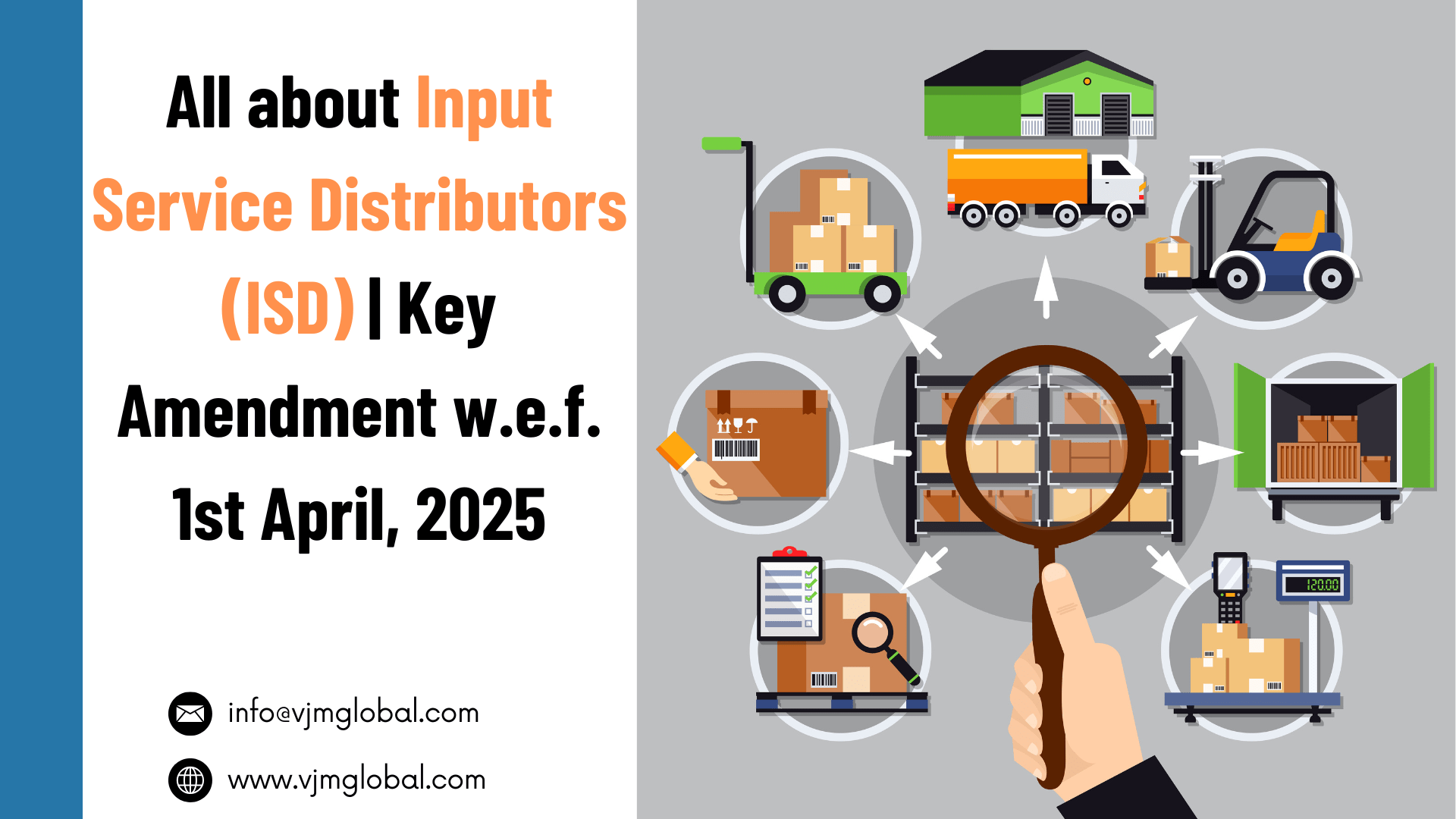1. Why is it important to file GSTR-3B return?
GST implementation is one of the most revolutionary tax reforms that have ever taken place in India. However, the huge number of returns introduced under the GST regime has left the majority of the taxpayers confused. Well, to make it easy for you, we are here to discuss the very first step in this new regime. Yes, we are referring to GSTR-3B return here!
In this guide, we will be discussing all the necessary aspects of GSTR-3B:
Filing the GSTR 3B tax return for the month of September 2018 is critical to take full Input Tax Credit for the tax period 2017-18 in GST. It ensures that all the conditions of the Act and Rules are fulfilled for the same.
2. Important points to remember while filing the GSTR-3B return
2.1 Availment of Input Tax Credit on Missing Invoice of F.Y. 2017-18
As per Section 16(4) of CGST Act, 2017, any registered person may take Input Tax Credit (“ITC”) on invoices or debit notes till due date of filing of return for the month of September of the succeeding financial year or date of filing of annual return, whichever is earlier.
As discussed earlier, such date has been extended to due date for the month of March, 2019 for F.Y. 2017-18. Further, due date of filing of annual return has also extended till 30th June, 2019.
Accordingly, while filing GST return for the month of March, 2019 make sure to take all pending ITC where invoice is issued during FY 2017-18.
However, for the purpose of debit notes, please note that ITC on debit notes should be taken on or before due date of filing of return for the month of September following the F.Y. during which original invoice is issued.
Accordingly, any missing ITC on debit notes, belonging to original invoices issued during FY 2017-18, should be taken in return of March, 2019 even if debit note is issued during FY 2018-19.
2.2 Settle the ITC within the books
In cases of stock transfers, you need to reconcile the GSTIN for rectifying any differences before filing the return. If the stocks are transferred at an increased price with a lower price at the branch, ensure the extra credit.
You can issue a credit note to the branches in order to reduce the excess credit. The reconciliation of the ITC available in the books along with those availed in the GSTR-3B is essential.
Because of human error, there may me scenarios of human or even system error where the ITC was not availed in GSTR-3B. For availing such ITC, it is important to trace back such invoices. The ITC on all the tax invoices should be ensured such as expenses like bank charges and other expenses related to the business. In case you did not claim it yet, you need to do it before filing the return.
2.3 Issue and record Credit Notes related to supplies made during FY 2017-18
As per Section 34 of CGST Act, 2017, credit note is issued in cases such as sales return, excess taxable amount or tax amount is charged in tax invoice etc. Further, as per section 34(2), supplier is required to issue credit note with respect to any supply by due date of filing of return for the month of September following the F.Y. in which such supply is made or date of filing of annual return, whichever is earlier.
Accordingly, please make sure to issue and report any left out credit note with respect to supplies made during F.Y. 2017-18 while filing GSTR-3B for the month of March, 2019 to avoid tax losses.
2.4 Rectification of any error or omission in GSTR-1
Section 37 of CGST Act, 2017 deals with filing of GSTR-1. Section 37(3) provides that if any error or omission is made while furnishing GSTR-1 then no rectification shall be allowed after return of September month of following year.
Therefore, if any error or omission has occurred while filing GSTR-1 of FY 2017-18, such error or omission can’t be rectified or corrected after GSTR-3B of March, 2019 and it may result in credit loss to recipient.
2.5 Reversal of ITC pertaining to exempted supplies or personal consumption
Peron is entitled to claim ITC on such inward supplies which are used for business purpose and for effecting taxable supplies (Including zero rated). If ITC is claimed on any inward supplies which is partly used for business purpose and partly for personal purpose or partly for effecting exempted supplies and partly for taxable supplies then proportional ITC is required to be reversed. (Section 17 read with Rule 42 of CGST Rules, 2017).
Computation of ITC to be reversed and actual reversal of ITC should be carried out before furnishing return for the month of September following the FY to which reversal pertains or date of filing of annual return, whichever is earlier.
Accordingly, if any reversal is still pending pertaining to F.Y. 2017-18 then make sure to do such reversal in GSTR-3B of March, 2019 alongwith applicable interest.
Reversal of ITC for FY 2018-19 will also needs to be taken care in accounts and make correction accordingly.
2.6 Verify the stocks on the books with the physical stock
In case stock value as per books of accounts and the stock value as per physical stock are different, you are required to reverse the ITC for the differences.
Essentially, the ITC can be availed for the goods and services which were used or at least, intended to be used.
2.7 In case of multiple registration numbers
Those taxpayer who has multiple GST registrations numbers. such taxpayer needs to ensure that the financial data complies with the total amount of all the states returns in case of ITC, or any outward supplies, etc.
If the GST registration numbers do not come in use, then you can surrender them to lower the compliance costs.
2.8 Reconciliation of ITC taken in GSTR-3B with GSTR-2A
Since March, 2019 is the last month to claim any left out Input tax credit pertaining to F.Y. 2017-18, it is advisable to all taxpayers to carry out reconciliation between ITC taken in GSTR-3B of FY 2017-18 with ITC appearing in GSTR-2A for same period and if any invoice appears on which ITC has not been availed then GSTR-3B of March, 2019 is last return to claim such credit.
2.9 Reconciliation between Audited Financial statements with GSTR-3B
In order to avoid any complexity and cumbersomeness while filing annual return for FY 2017-18 on or before 30th June, 2019, it is advisable to track reconciliation differences between data provided in monthly return in GSTR-3B return forms and audited financial statements of FY 2017-18.
All reconciliation differences can be adjusted in the GSTR-3B for the month of March, 2019. The finance ministry did this to help taxpayers undergo a smooth process to file the returns to claim the ITC properly.
The differential figures can be reported depending on the net basis under the proper tables for the current month.
2.10 Input tax credit availed on Prepaid expenses
There may be cases such as annual maintenance contracts, Insurance of stocks etc. where expenses has been belong to partially related to one year and partially related to next year.
In such cases ITC shall be accounted for the period which expenses pertain to.
2.11 Verification of the time of supply for reverse charge transactions
The correct verification of the time of supply for the reverse charge transaction is essential. The different provisions of the time of supply for the reverse charge are to be considered properly, to be accounted for.
On the identification of such transactions, it is necessary to pass the accounting entries for the same for a reverse charge.
2.12 Avail the ISD credit and reverse charge on Liabilities
All the registrants with invoices issued by the ISD are required to avail the ISD credit. The ITC distributed on ISD invoices should be availed by filing the return within the stipulated time.
Under ISD, the reverse charges cannot be discharged. It has to be paid for during the normal registration for the same state where ISD is registered.
Inter-branch stock transfer reconciliation
In case of stock transfer between different GSTINs of same PAN then it is advisable to prepare a reconciliation statement for F.Y. 2017-18 & 2018-19 to make sure that recipient branch has not missed any inward supply on which credit should be availed or supplying branch has not recorded any supply without actual movement.
If any such deviation occurs then last date for recipient branch to avail ITC with respect to invoices pertaining to F.Y. 2017-18 and issue credit note by supplying branch with respect to invoices issued during FY 2017-18 is GSTR-3B for the month of March, 2019.
Accordingly, it is advisable to prepare such reconciliation and make necessary adjustment.
2.13 Cases of nil returns
In case of no business, nil returns are required to be filed. The GSTN portal offers fast service and procedure to file the return for GSTR-3B. Taxpayers who are filing for nil returns, there is no extensive filing details required.
The simple return can be filed with the minimum amount of details. The new functionality does not call for any extra details to be filed.
2.14 The date of ITC availed and Date of Capitalization should be same
Evaluate the capital goods to ensure that the date of availing the ITC is same as the date of capitalization of the assets.
In case they differ, you need to pass necessary adjustments to reverse the ITC and pay the interests for the GSTR-3B. This also includes the necessary accounting entries.
3. Conclusion
It is pertinent to note above mentioned points while filing GSTR-3B for the month of March, 2019 to avoid credit loss to the taxpayer. Failure in filing the returns properly can result in credit loss to the business.
Please note that last date to make above mentioned adjustments is due date of filing of return for the month of March, 2019. Therefore, if person files GSTR-3B after due date, i.e., 20th April, 2019, then he will not be allowed to make above mentioned adjustment and it may result in loss to the person
Know more about GST Audit services
Annual return under GST – Requirements, Eligibility, Format and Rules

